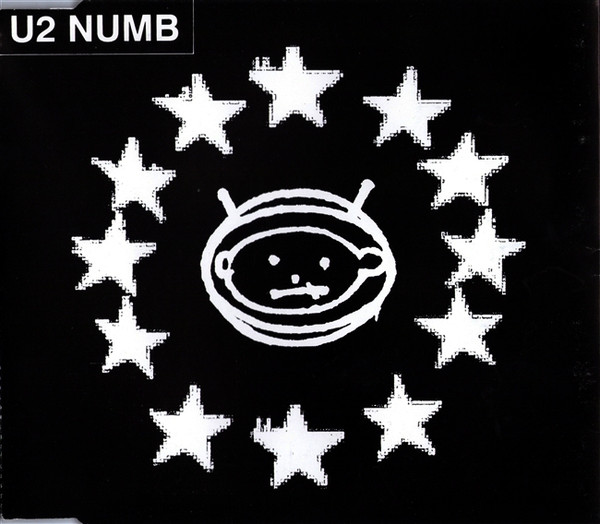
Inspired by the August 8 birthdays of U2‘s Edge, Joe Tex, Kool Moe Dee, and The Stylistics’ Airrion Love; and the August 7 birthdays of B.J. Thomas, Stan Freberg, Positive K, and Throwing Muses’ Kristen Hersh.

Inspired by the August 8 birthdays of U2‘s Edge, Joe Tex, Kool Moe Dee, and The Stylistics’ Airrion Love; and the August 7 birthdays of B.J. Thomas, Stan Freberg, Positive K, and Throwing Muses’ Kristen Hersh.
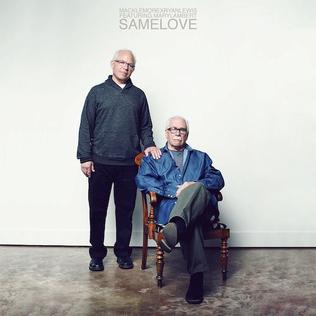
Inspired by Black Music Month, LGBTQ Pride Month, and the June 19 birthdays of Heart’s Ann Wilson, Macklemore, Shirley Goodman, Paula Abdul, Al Wilson, Spanky McFarlane, Lester Flatt, Scott Avett and Hot’s Gwen Owens.
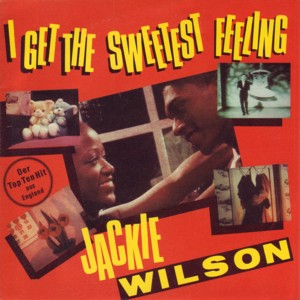
Inspired by Black Music Month, LGBTQ Pride Month, the passing of Bonnie Pointer, and the June 9 birthdays of Jackie Wilson, The Chemical Brothers’ Ed Simons, Muse’s Matt Bellamy, Les Paul, Johnny Ace and composer Cole Porter.
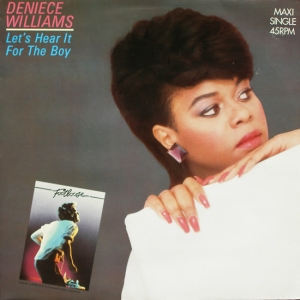
Inspired by Black Music Month, LGBTQ Pride Month, the June 3 birthdays of Curtis Mayfield, Deniece Williams, Mott the Hoople’s Ian Hunter, C + C Music Factory’s David Cole, Suzi Quatro, Allen Ginsberg, Dan Hill, Boots Rudolph, Republica’s Saffron, Stereophonics’ Kelly Jones, and Beabadoobee, and the June 2 birthdays of The Rolling Stones‘ Charlie Watts, Chubby Tavares, Cypress Hill’s B-Real, Spandau Ballet’s Tony Hadley, Bangles’ Michael Steele, Jimmy Jones, Skillz, Otis Williams, David Dundas, Marvin Hamlisch, Sammy Turner, and Robin Lamont.
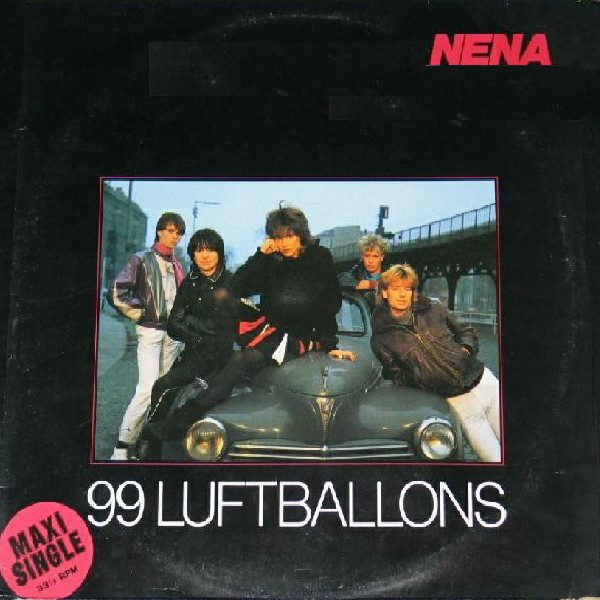
Inspired by the March 24 birthdays of Nick Lowe, Nena, Don Covay and Billy Stewart, and the passing of Manu Dibango.
Nineteen fifty-seven was a banner year in the nascent days of rock and roll.
Buddy Holly and the Crickets had their first chart hit with “That’ll be the Day,” which hit #1 in September. “Peggy Sue” became their second top ten single before the year was out.
Sun Records, the label that brought us Elvis Presley (among others), released “Whole Lotta Shakin’ Going On,” performed by Jerry Lee Lewis. It became Lewis’ first hit single, peaking at #3.
Gospel singer Sam Cooke released his first secular recording on Keen Records. The song was “You Send Me,” and it spent three weeks at #1 in December. Cooke would go on to score 28 more top 40 pop hits.
The Everly Brothers cracked the pop chart for the first time with “Bye Bye Love,” which peaked at #2. Their follow-up single, “Wake Up Little Susie,” went to #1 and stayed there for four weeks.
Chuck Berry, who cracked the pop top ten in 1955 with “Maybellene,” had two more top ten hits in 1957 – “School Day” and “Rock & Roll Music.” He wouldn’t have a #1 single until 1972.
Elvis Presley was at #1 on the pop singles chart for exactly half the year with “All Shook Up,” “Jailhouse Rock,” “(Let Me Be Your) Teddy Bear,” and “Too Much.” So his increasing amount of fans wouldn’t be bothersome to his neighbors and to have more security, in 1957 Presley purchased the Graceland mansion in Memphis for $102,500.
Jackie Wilson, formerly a member of Billy Ward and His Dominoes, released his first solo single, “Reet Petite (The Finest Girl You Ever Want to Meet),” co-written by an up-and-coming songwriter named Berry Gordy, Jr. Though the song only reached #62 on the US pop chart, it went top ten in the UK, earning Gordy enough money to fund the launch of Motown Records. Ultimately, Wilson would have 24 top 40 hits on the US pop chart.
Little Richard, who first cracked the pop chart in 1956 with “Tutti-Frutti,” had three more top 40 hits in 1957 – “Keep a Knockin’,” “Jenny, Jenny” and “Lucille.” The latter hit #1 on the r&b chart, while the other two titles peaked at #2 r&b.
The Coasters teamed up with the production/songwriting team of Jerry Leiber and Mike Stoller and in doing so, scored with the double-sided hit single “Searchin’” (#3 pop / #1 r&b) and “Young Blood” (#8 pop / #1 r&b). With Lieber and Stoller The Coasters would score several more top ten hits over the next few years.
Also, in 1957, the television program American Bandstand was syndicated nationally. It would air for the next 32 years.
Tunes du Jour’s Throwback Thursday playlist this week focuses on the great music of 1957.
Click here to like Tunes du Jour on Facebook.
Follow me on Twitter: @TunesDuJour.
So successful was Ruth Brown in the 1950s that her label, Atlantic Records, which started in 1947, was nicknamed The House the Ruth Built.
Her first single for the label, “So Long,” reached #4 on the Rhythm & Blues chart in 1949. Her next hit, “Teardrops from My Eyes,” spent 11 weeks at #1 on that chart. She earned the nickname the Queen of R&B, and over the next ten years scored an additional nineteen r&b top ten singles, including four more number ones. In total she spent thirty-two weeks at #1 on the r&b singles chart. In 1953, Brown crossed over to the pop top 40 with “(Mama) He Treats Your Daughter Mean.”
In the 1960s Brown focused on her family life. She returned to music the following decade, and added acting gigs to her resume. In 1979 she was a regular character on the sitcom Hello, Larry, and she famously portrayed Motormouth Maybelle in the original 1988 movie version of Hairspray, a role which had echoes of her life performing at segregated dances in the sixties. She won the 1989 Tony Award for Best Performance by a Leading Actress in a Musical for her performance in the Broadway show Black and Blue. Her companion album, Blues on Broadway, won Brown the Grammy Award for Best Jazz Performance, Female.
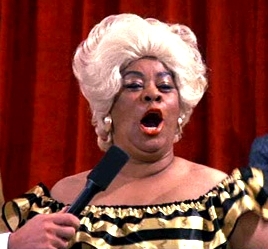
Brown was also influential in the creation of the Rhythm and Blues Foundation, founded in 1988. Per the nonprofit’s mission statement, the Rhythm and Blues Foundation is “dedicated to the historical and cultural preservation of Rhythm & Blues music and recognition of participants in its community by providing services and programs to Rhythm & Blues artists and their fans.”
In 1993, Ruth Brown was inducted into the Rock and Roll Hall of Fame.
She died in 2006 from complications resulting from a heart attack and stroke.
Inspired by Ruth Brown, who was born on January 12*, 1928, today’s playlist presents twenty of the best rhythm and blues recordings from the 1950s.
(*I initially prepared this entry to be posted on January 12. However, once I was about to post it, I read in a few places that the information I had was incorrect, and that Brown’s birth date was January 30, so I saved it for today. Just after I finished re-editing it this afternoon, I looked on Wikipedia and see they (now) list her birthday as January 12, which some other sites confirmed.)
Click here to like Tunes du Jour on Facebook.
Follow me on Twitter: @TunesDuJour
“I didn’t really care what Lieber and Stoller thought of my songs. They didn’t like ‘em, but Doc Pomus did. That was all right that [Lieber and Stoller] didn’t like ‘em, because I never liked their songs either. ‘Yakety yak, don’t talk back.’ ‘Charlie Brown is a clown,’ ‘Baby I’m a hog for you.’ Novelty songs. They weren’t saying anything serious.”
– Bob Dylan, February 2015
“I don’t believe you. You’re a liar!”
– Bob Dylan to an audience member who called him “Judas,” May 1966
– Glenn Schwartz to Bob Dylan regarding his disdain for Lieber and Stoller, April 2015
Perhaps Dylan doesn’t like the comical songs Lieber and Stoller wrote for The Coasters (though I’m skeptical of that as well), but how can he honestly dismiss all their work as novelty songs? Their compositions are part of the Great American Songbook – Rock & Roll Edition. “Jailhouse Rock,” “Stand by Me,” “On Broadway,” “Hound Dog,” “Kansas City,” “Spanish Harlem,” “Is That All There Is?” These aren’t humorous songs. Okay, “Is That All There Is?” is pretty funny, though that wasn’t intentional.
I think Bob made that comment as he was miffed about Lieber and Stoller dismissing his work. That they didn’t get Dylan is folly on their part, but the duo’s work has stood the test of time.
Today is the birthday of the late great Jerry Lieber. Today’s playlist consists of twenty classics from the Lieber and Stoller songbook.
Click here to like Tunes du Jour on Facebook.
Follow me on Twitter: @TunesDuJour